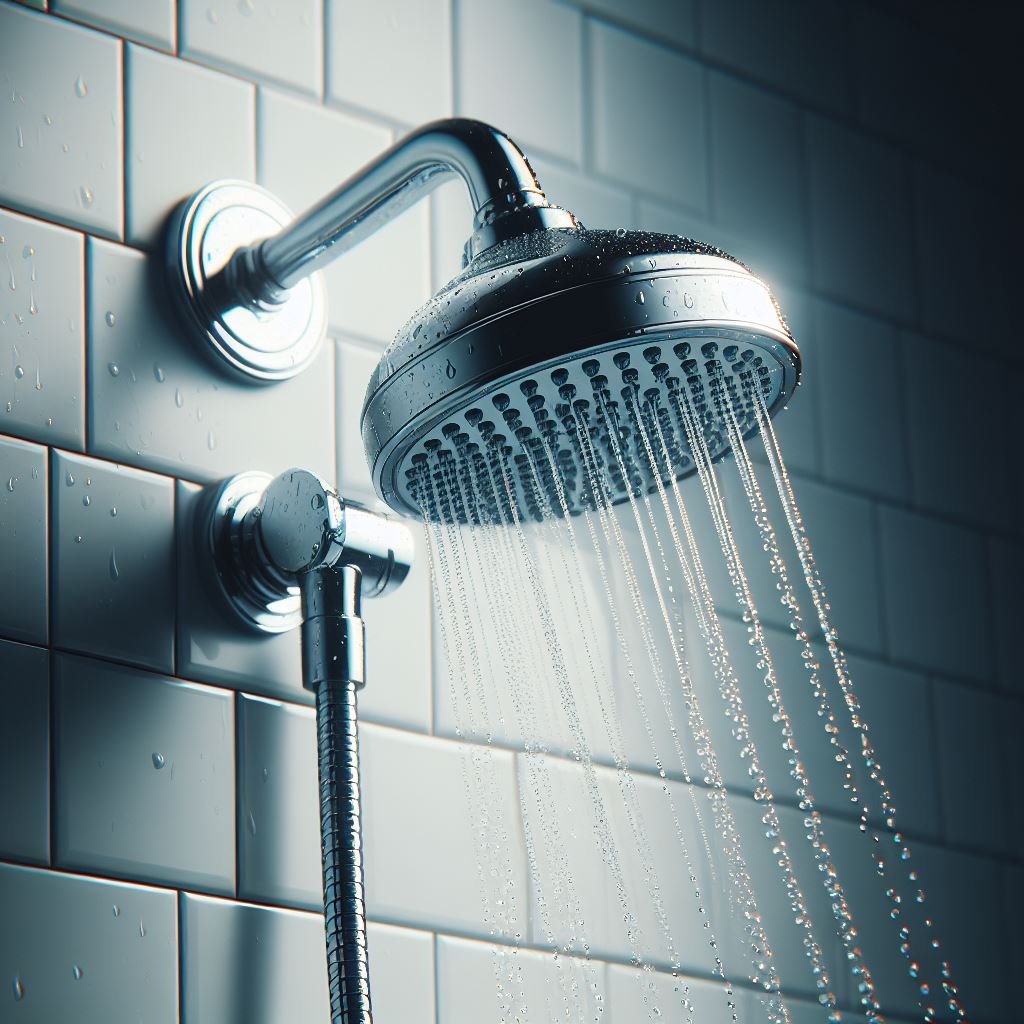What is a Low-flow showerhead?
Introduction
In an era where environmental consciousness is gaining momentum, individuals are increasingly seeking ways to reduce their ecological footprint. One area often overlooked is water conservation, particularly in the home. A low flow showerhead is a simple yet effective solution that addresses this concern. In this article, we will delve into the concept of low flow showerheads, exploring their benefits, drawbacks, and how to optimize their usage.
Understanding Low Flow Showerheads
What defines a low flow showerhead?
A low flow showerhead is a fixture designed to limit water flow during a shower. Traditional showerheads typically dispense around 2.5 gallons per minute (GPM), whereas low flow variants aim to use 2.0 GPM or less. This reduction in water usage not only conserves a precious resource but also contributes to lower energy bills, making it a win-win for both the environment and household budgets.
Pros and Cons of Low Flow Showerheads
Pros
Water Conservation: The primary advantage of low flow showerheads is evident in their name—they help conserve water. By reducing water usage during showers, these fixtures contribute to a more sustainable lifestyle.
Energy Savings: Less water usage means less energy is required to heat that water. This can result in lower energy bills, making low flow showerheads economically beneficial over time.
Environmental Impact: Conserving water is critical for the environment. With low flow showerheads, individuals can actively participate in reducing water consumption and, consequently, their environmental impact.
Government Incentives: In some regions, there are government incentives for installing water-saving devices, including low flow showerheads. This can further sweeten the deal for those considering the switch.
Cons
Water Pressure Concerns: One common drawback associated with low flow showerheads is the perception of reduced water pressure. Some users may find the lower flow less satisfying, particularly if they are accustomed to the sensation of higher water pressure.
Initial Cost: While the long-term savings are notable, the initial cost of purchasing and installing low flow showerheads may deter some consumers. However, it’s essential to view this as an investment with future returns.
Limited Design Options: Compared to the wide array of traditional showerhead designs, low flow options may have a more limited selection. This could be a drawback for individuals looking for specific aesthetics in their bathroom fixtures.
How to Fix and Use Low Flow Showerheads
Optimizing Your Low Flow Experience
Addressing Water Pressure Concerns:
To counteract the perception of reduced water pressure, consider the following tips:
Choose the Right Model: Some low flow showerheads are designed with features that maintain pressure while reducing water usage. Research and select a model that balances conservation with comfort.
Clean the Showerhead: Over time, mineral deposits can accumulate in the showerhead, affecting water flow. Regularly clean your low flow showerhead to ensure optimal performance.
Installation Tips:
Installing a low flow showerhead is typically straightforward. Follow these steps for a seamless installation:
Turn Off Water Supply: Before beginning the installation process, turn off the water supply to the shower.
Remove the Existing Showerhead: Use a wrench to carefully remove the existing showerhead. Clean the threads on the shower arm if necessary.
Apply Thread Seal Tape: Wrap thread seal tape around the shower arm to ensure a tight seal.
Attach the New Showerhead: Screw the low flow showerhead onto the shower arm, ensuring a snug fit. Use a wrench to tighten it if needed.
Test for Leaks: Turn on the water supply and check for any leaks. If leaks are present, adjust the showerhead or apply more thread seal tape.
By following these steps, you can optimize your low flow showerhead experience and enjoy water-efficient showers without compromising comfort.
FAQs
Q1: Are low flow showerheads compatible with all plumbing systems?
Yes, most low flow showerheads are designed to be compatible with standard plumbing systems. However, it’s essential to check the specifications of the showerhead and ensure it meets the requirements of your plumbing setup.
Q2: Can I still have a satisfying shower experience with a low flow showerhead?
Absolutely. Many modern low flow showerheads are designed to provide a satisfying shower experience while conserving water. Look for models that incorporate technologies to maintain water pressure and coverage.
Q3: How much water and money can I save with a low flow showerhead?
On average, a low flow showerhead can save about 2-4 gallons of water per minute. The exact savings depend on the specific model and your usage patterns. Over time, the reduced water consumption can lead to noticeable savings on your water and energy bills.
Q4: Are there any maintenance requirements for low flow showerheads?
Regular maintenance is advisable to ensure optimal performance. Cleaning the showerhead to remove mineral deposits and checking for any leaks are simple tasks that can help extend the lifespan of your low flow fixture.
Conclusion
In conclusion, low flow showerheads are a practical and eco-friendly solution for individuals looking to reduce their water consumption and environmental impact. While they may come with some initial challenges, the long-term benefits, both in terms of cost savings and sustainability, make them a worthwhile investment. By understanding how to address common concerns and optimize their usage, individuals can enjoy a satisfying shower experience while actively contributing to water conservation efforts.

